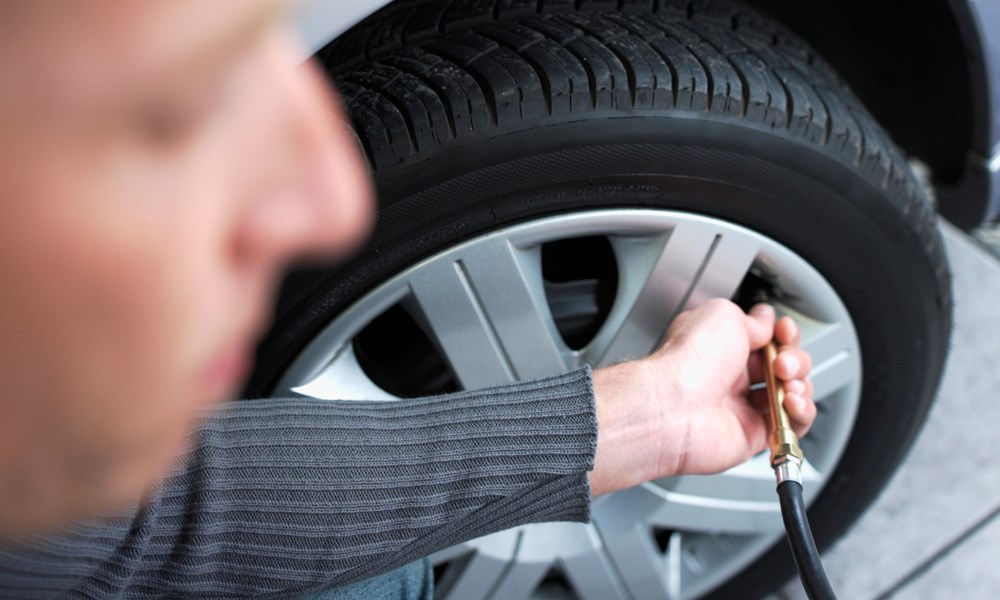
A. Tires are a bit like steaks. The more expensive ones are usually better. But you don’t have to get the top of the line to get a good, long-lasting tire for your car.
Tires are one of the most important parts of your car. As the commercial says, you’ve got a lot riding on them. Making a smart tire purchase starts with understanding what all those numbers on the sidewalls mean. Happily, you don’t need a magic decoder ring (although that would be awesome) to understand what it all means.
All tires now have a Department of Transportation (DOT) rating system stamped on the sidewall of the tires. It provides information such as tread wear, traction, and speed rating. For instance, a tire with a speed rating of “Q” is rated for 99 mph. The manufacturer isn’t suggesting you should drive that fast (that’s a no-no), but your tire is rated for that speed. Tires that are rated for faster speeds are made of softer, grippier rubber and wear out more quickly than their slower counterparts.
Load and pressure ratings aren’t that important to most drivers, unless you do a lot of heavy towing. Treadwear is where it’s at. A higher treadwear rating means you can drive more miles before they need replacing. If you’re looking for bang for your buck, treadwear is a number to keep an eye on. The higher, the better.
Like anything else, before you buy tires, do some comparison shopping online to see what others are saying about them. Compare prices based on how much the tires will cost you per mile. That’s a good gauge of value.
